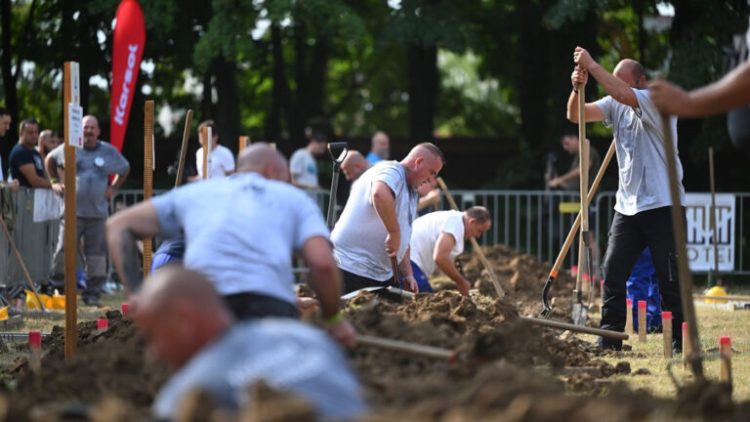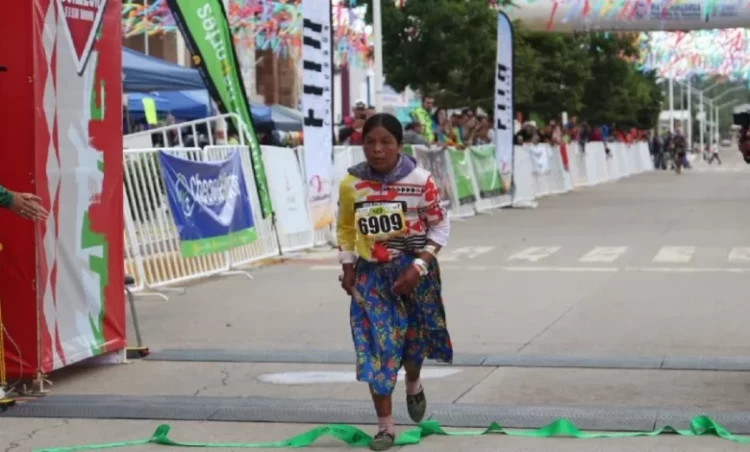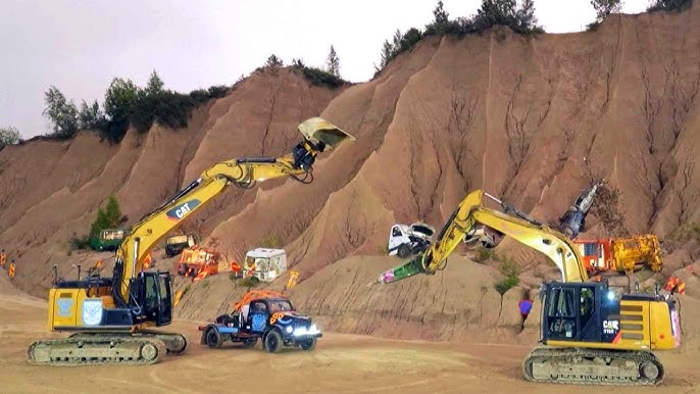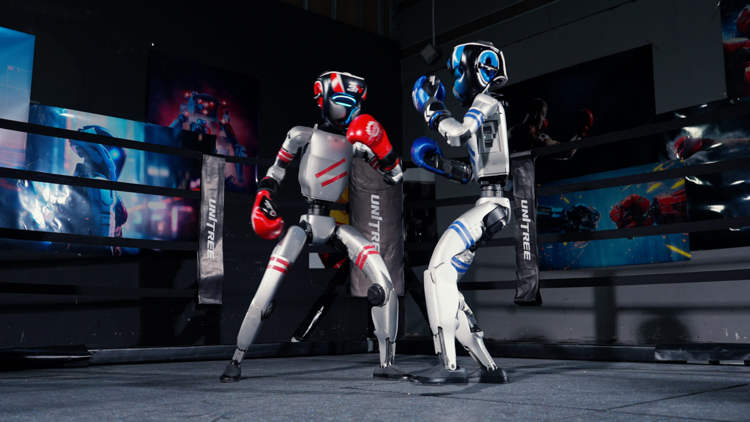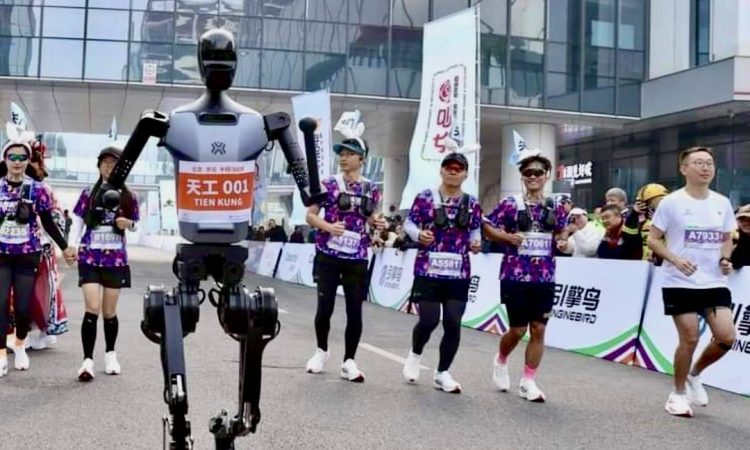Megavalanche is a unique enduro race that sees thousands of participants riding downhill on a glacier, 8,530 feet above sea level while trying to stay on their bikes and not get run over by the pack.
Downhill enduro racing usually involves a series of stages where competitors ride individually against the clock, trying to get the best time possible. The contestant with the fastest time on average wins. But Megavalanche, a monster of a race that has been taking place every year – except 2020 – since 1995, is different. It is the only endura downhill race with a mass start on a glacier, a detail that creates the ideal condition for the chaos and mayhem that Megavalanche is famous for. Imagine 2,000 bike riders setting off on a snowy track, reaching speeds of around 75mph, losing control of their mountain bikes, and trying not to get swept away by the human avalanche forming all around them. That’s the starting portion of Megavalanche in a nutshell.
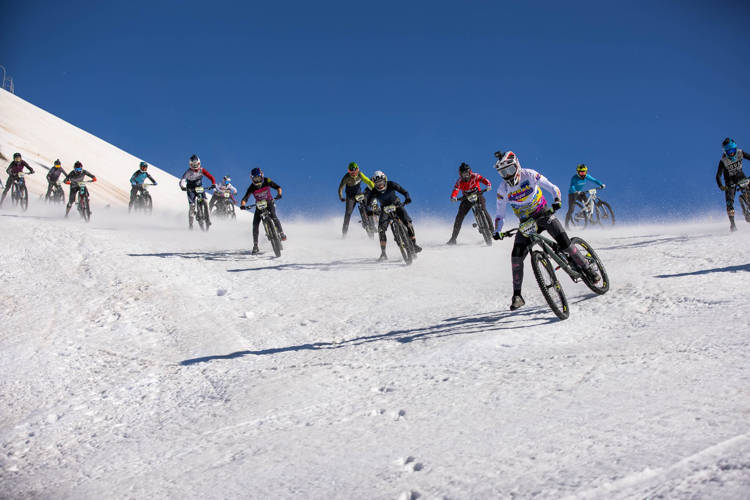
Photo: Megavalanche/Facebook
Megavalanche is the brainchild of mountain bike pioneer George Edwards, the man credited for creating some of the first downhill tracks in Europe. The first edition, held in 1995, saw 400 bikers lined up at the starting line at the Alpe d’Huez ski resort in the French Alps, on the snow and ice-covered summit of Pic Blanc. It has since been growing in popularity, with around 2,000 mountain bike enthusiasts taking part every year.
Famous for its chaotic start on the snowy summit of Pic Blanc, Megavalanche actually consists of varied terrain making up its entire length of 20 kilometers. It offers a mix of challenges that takes seasoned enduro bikers about an hour to complete, but it’s that first bit that gives everyone the most problems because there are so many factors that the riders can’t control.
Ask experienced bikers about Megavalanche, and they’ll all share various strategies, but in the end, they’ll also admit that luck plays a big part in that crazy start. As you start to pick up speed on the slushy surface, you lose control of the front wheel and have to use your feet as stabilizers, only that’s easier said than done at breakneck speeds and other riders all around you.
Some say you just have to pedal as hard as you can to get ahead of the pack and avoid running into other riders, but losing control of your bike opens you up to getting run over by the human avalanche behind you. Letting go of your bike is also a no-no in case of a fall, as it will keep on sliding on the slushy snow.
“The mass start on the snow is the most iconic part of the Megavalanche, with a huge pack of riders hurtling down a snowy glacier at speeds like 75kmph, mostly out of control and unable to stop!” biker Dominic Yard told Red Bull. “The starting gun is a euro-dance anthem, which sounds like a remixed air raid siren. This will strike fear into the stomach of any Megavalanche racer! While the music is pumping, a helicopter films overhead. You feel like you’re in an 80’s style Aspen extreme movie!”
“Having a GoPro strapped to your helmet is definitely worthwhile. Chaos from start to finish, you’ll want to record every second of it. High speeds, helicopters flying past, and crashes all the way down, it’s an epic experience,” Yard added.
Interestingly, despite the imminent danger posed by taking park in a chaotic downhill mountain bike on a snowy glacier, injuries suffered during Megavalanche are not as serious as you might think, at least according to the organizers.
“Mainly it’s things such as broken arms. The track is designed to be as safe as possible – putting curves in the high-speed parts [to slow riders down], the glacier spreads people out It’s not as dangerous as you imagine,” Cathy Labouyrie told The Guardian.

